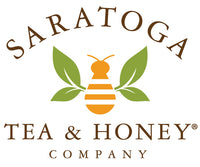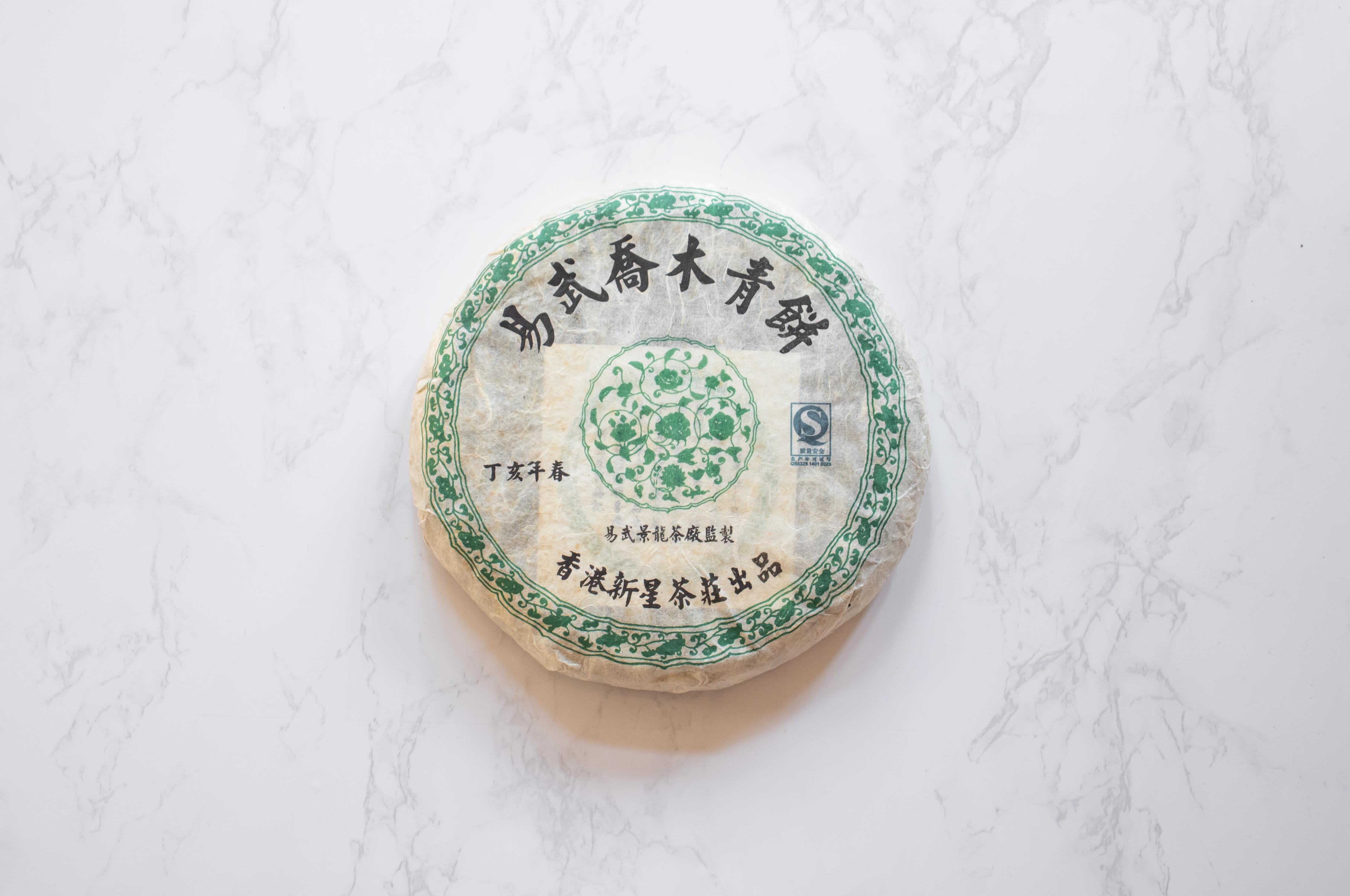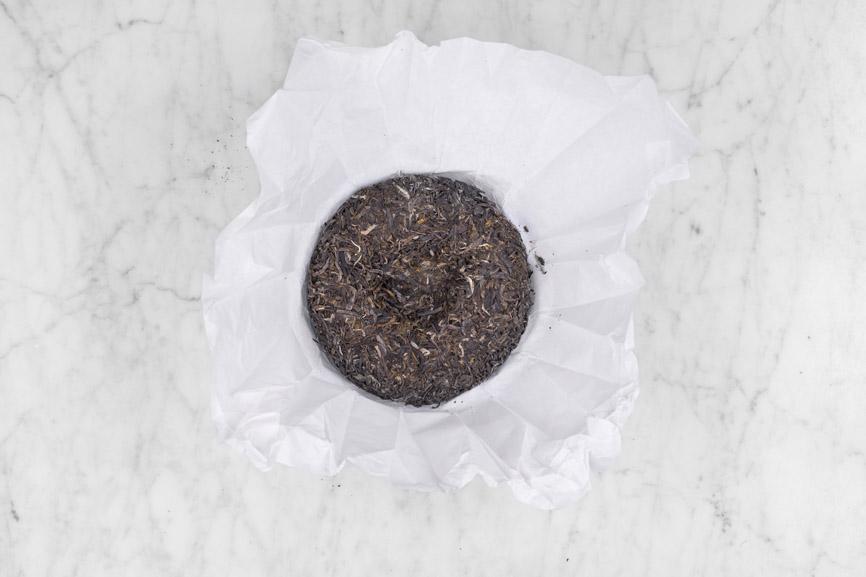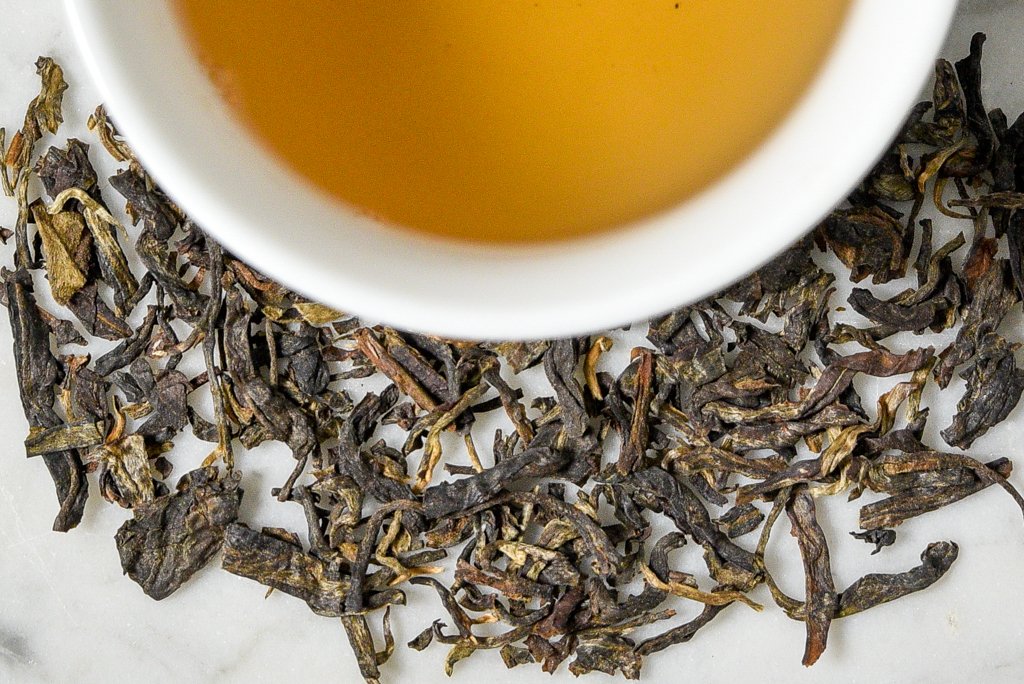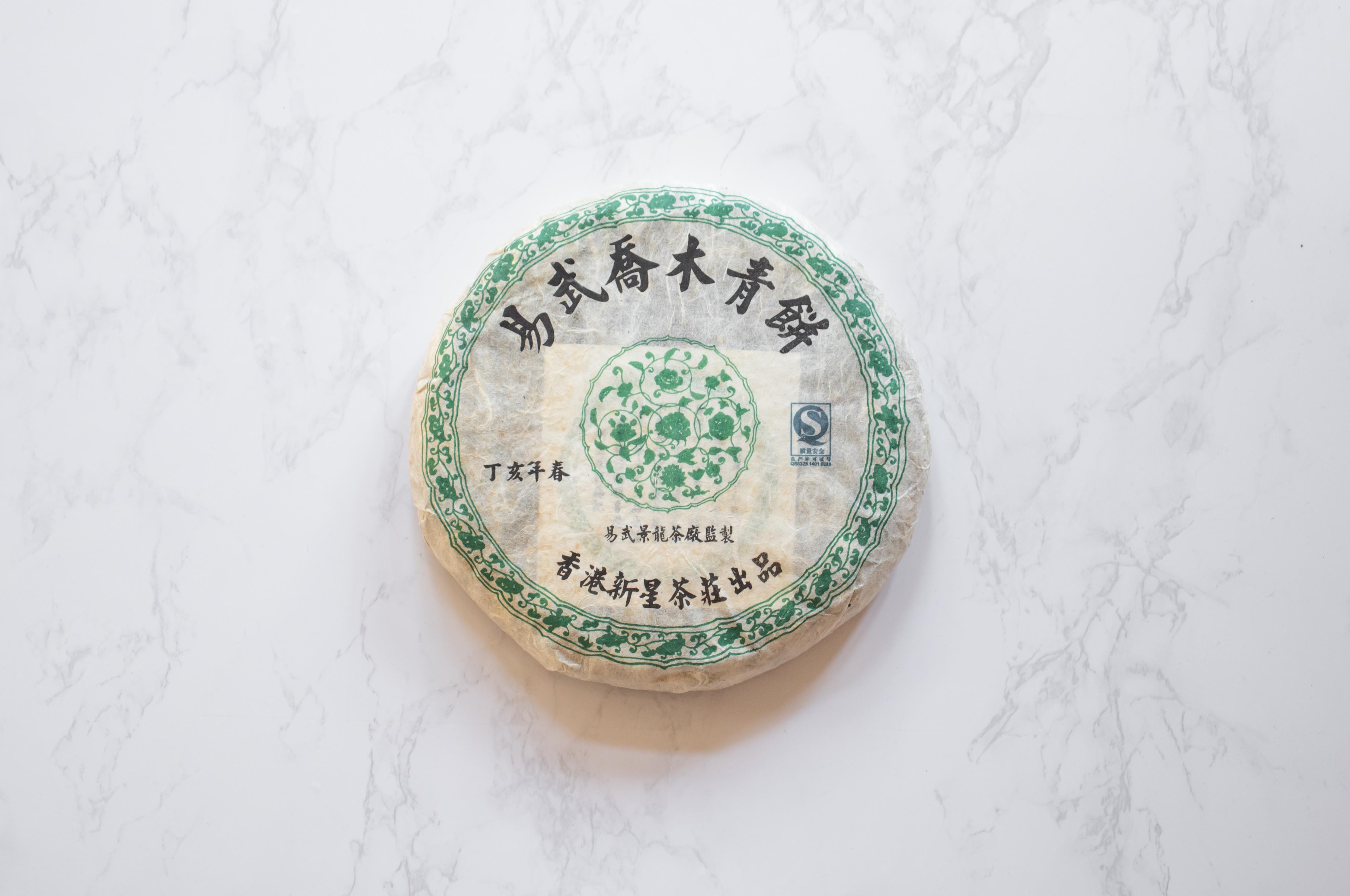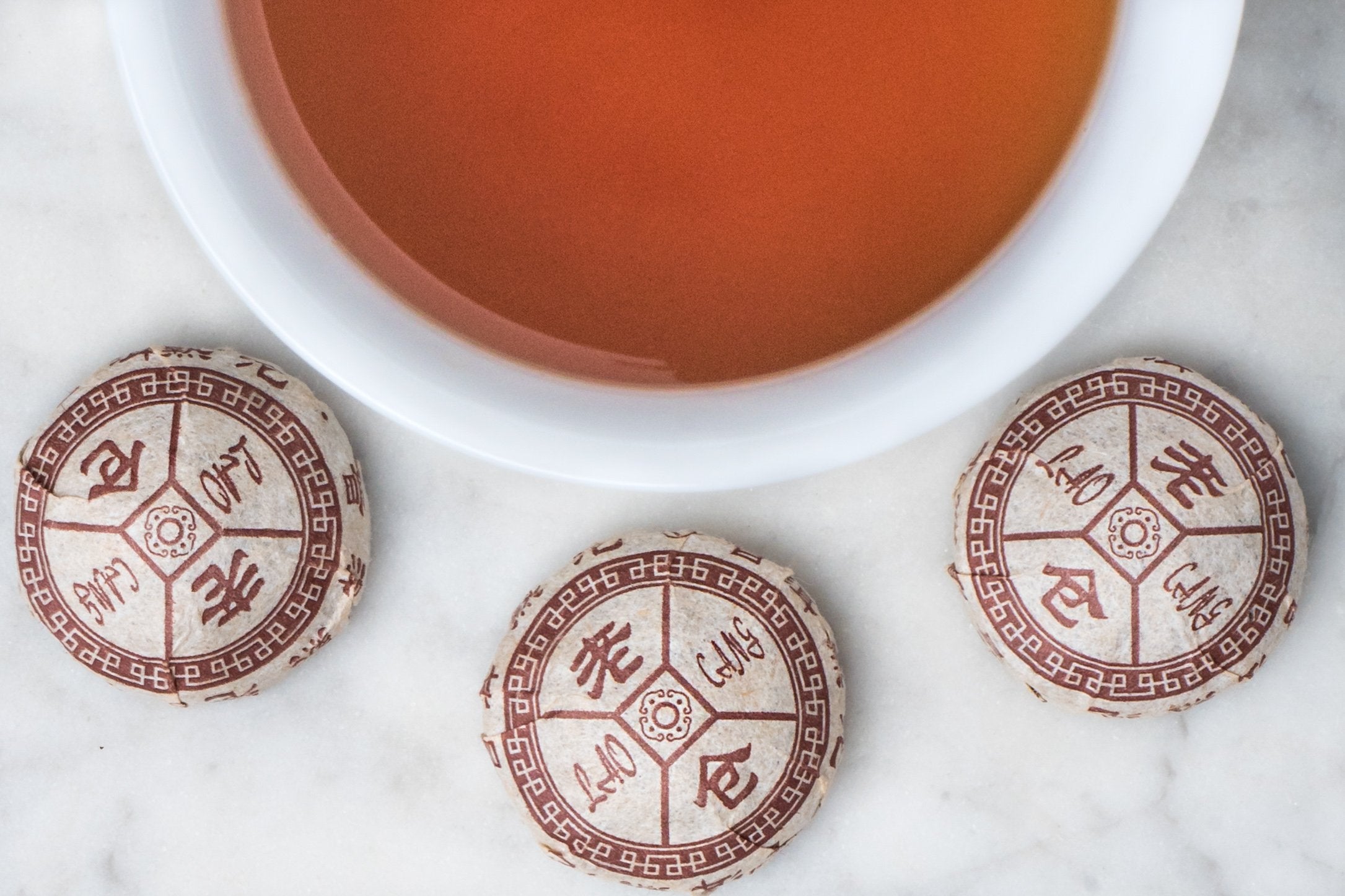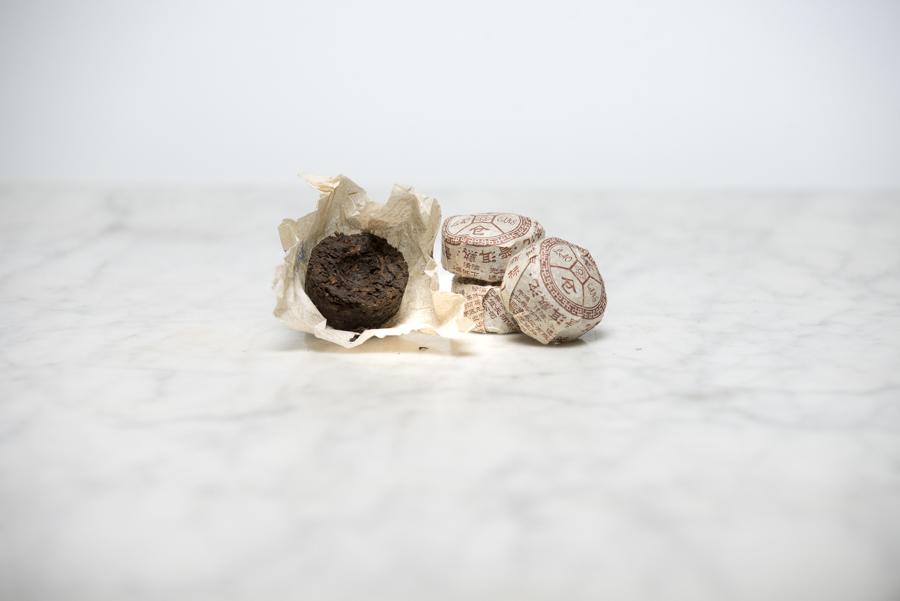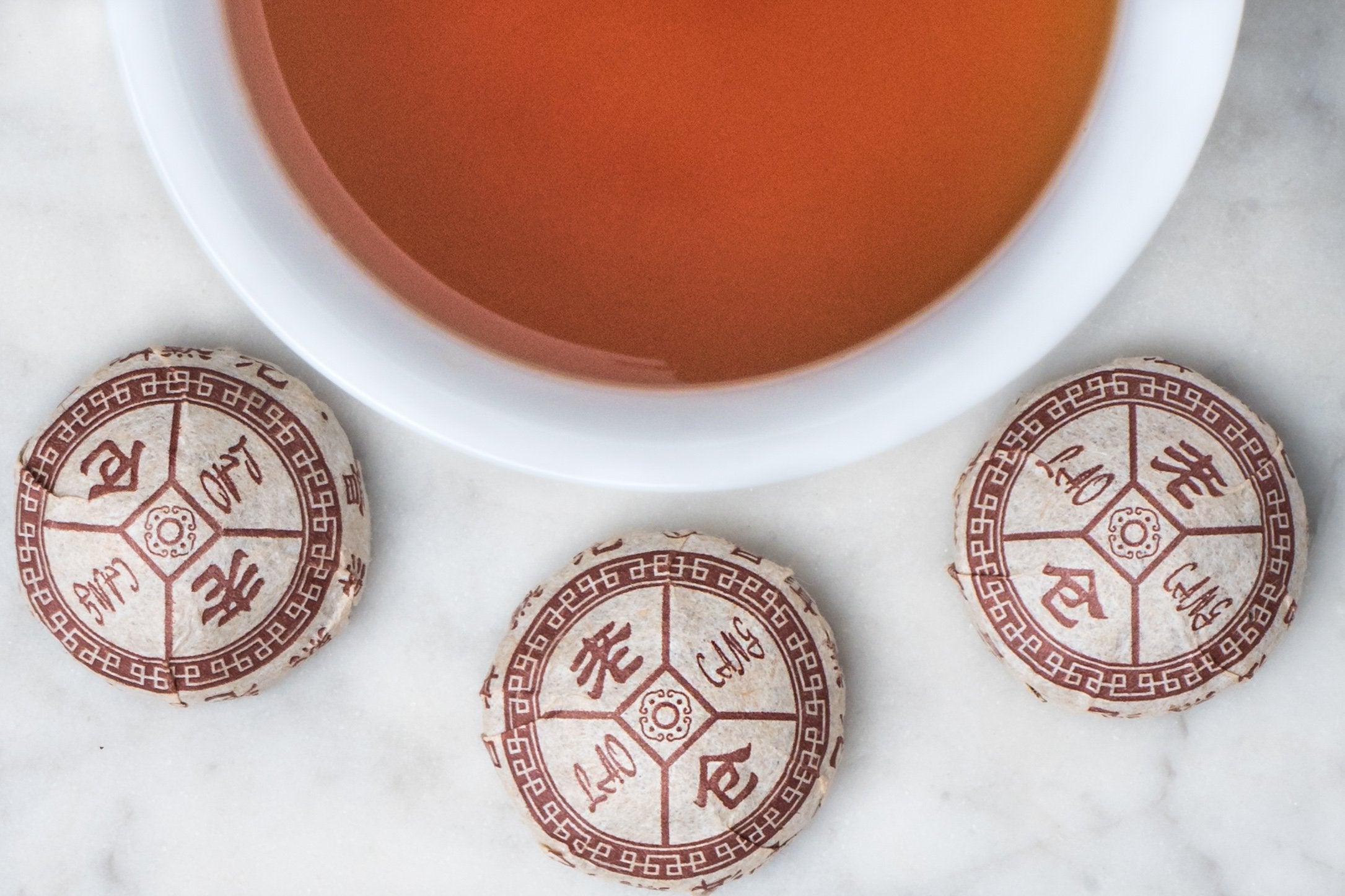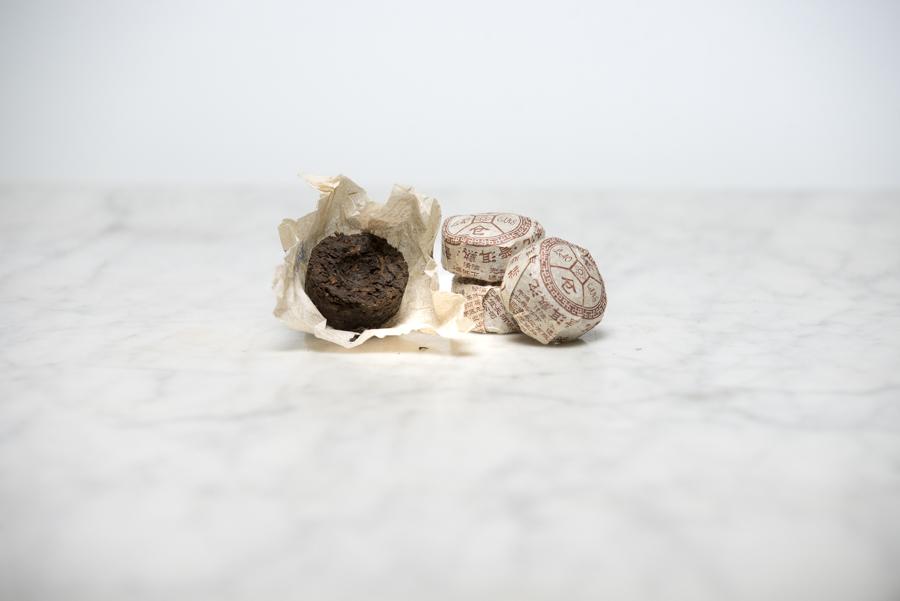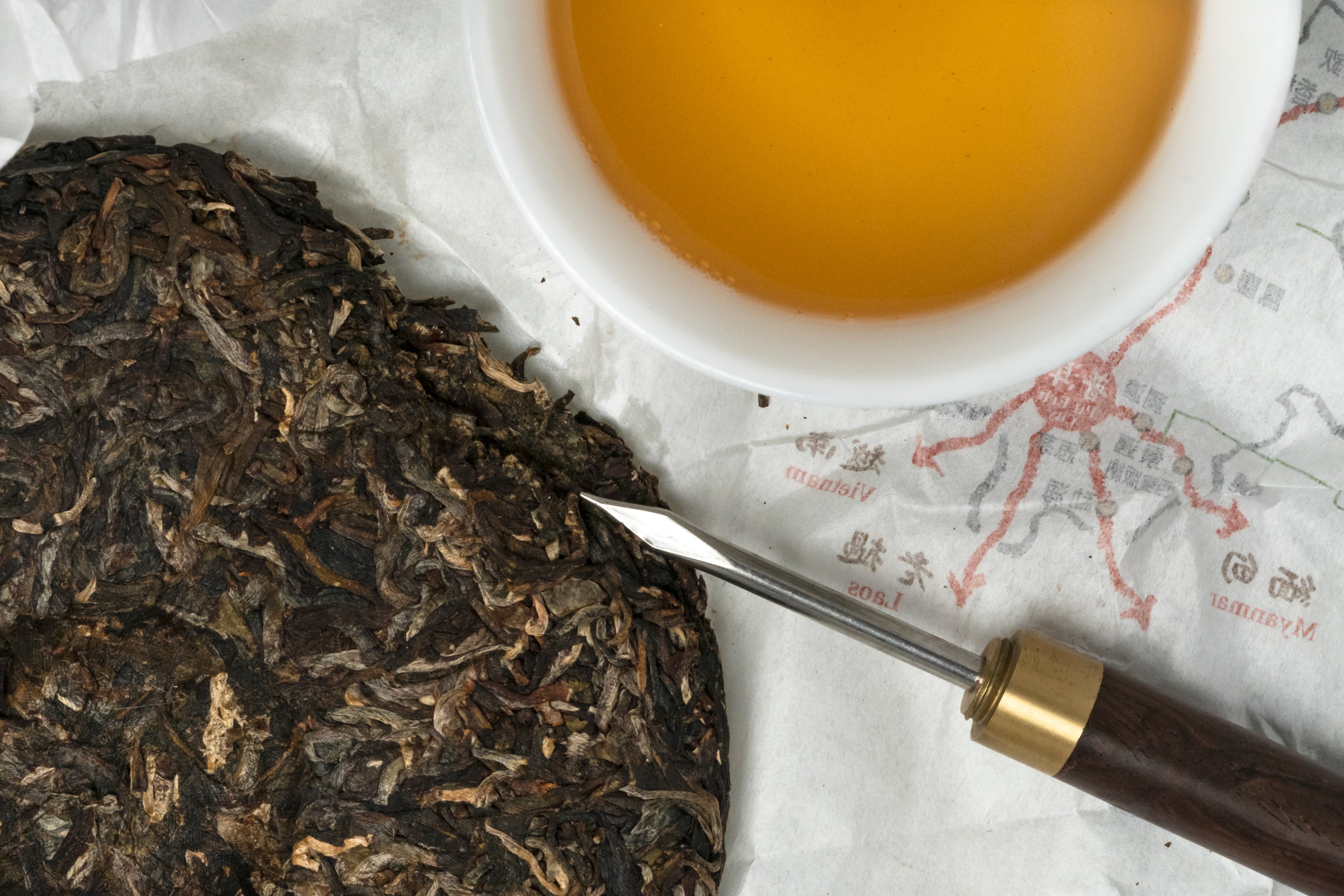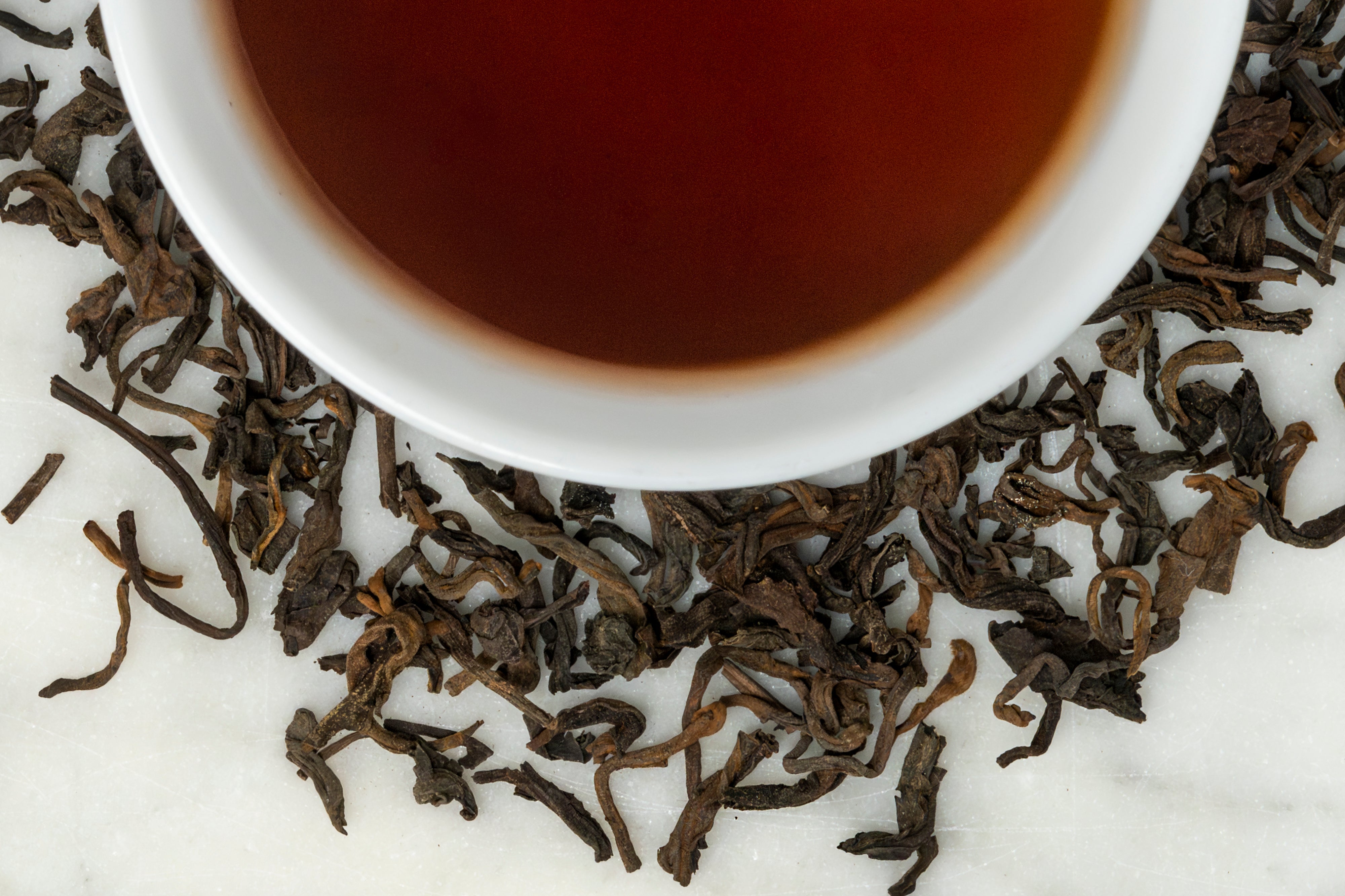What is Tea?
What is Aged Tea (Pu Erh)?
What's in a name?
Pu Erh, Hei Cha & Dark Tea
Aged Tea, also known as Dark Tea (heicha) and Pu Erh, is a post-fermented beverage rich in flavor and steeped in history (...literally).
In China, dark tea is mostly produced in Yunnan (Pu Erh), Guangxi, Sichuan, Hubei, and Hunan Provinces. Pu Erh, the type of dark tea most known and coveted in the US, is a geographically marked product of Yunnan Province. You can think of it kind of like Champagne and sparkling wine: all Champagnes are sparkling wines, but not all sparkling wines are Champagne because they don't come from the Champagne region in France. Similarly, the designated geography of Pu Erh is the Yunnan Province in south-central China, bordering Laos and Myanmar (Burma), so all pu erhs are aged teas, but not all aged teas are pu erh. The verdant mountains and ancient forests here are home to the large-leaf variety of the tea tree known as camellia sinensis assamica, and the region has been producing coveted aged teas for centuries.
Types of Pu Erh - Raw (Sheng Cha) and Ripe (Shou Cha)
There are two types of Pu Erh: Sheng Cha (Raw) and Shou Cha (Ripe). Sheng is the traditional Pu Erh, shaped into cakes and aged in pressed form over years and even decades. Shou Pu Erh was developed in the mid-20th century and uses pile fermentation (you can think of it as similar to composting) to age the tea leaves in 40 days rather than several years. Unsurprisingly, today there is much debate over which style is the true Pu Erh, which style is better for you, etc., etc.
We're of the opinion that better is relative, and the best style of Pu Erh is the one that appeals most to your senses. After we talk a bit about how the different types of Pu Erh are processed, we will discuss their general flavor profiles and how to choose the best Pu Erh for you!
The physical forms of aged tea
Aged teas come in several physical forms, from loose tea to to large, tightly compressed bricks. Generally, it will be shaped in one of the following ways: Tuocha (nest or bowl) - The tuocha is a very common form for shou-style Pu Erh and is the shape of our 2012 Menghai. Bingcha (cake) - most Raw Pu Erh (sheng) will be shaped into a cake with the distinctive depression in the center where the knot from the shaping fabric was pressed. The bingcha is an ideal form for aging Raw Pu Erh and is compressed enough to shape the tea but not so tightly as to prevent exposure to the elements during aging. Zhuancha (brick) - rectangular bricks are also popular forms for aged tea.You may also see tea compressed into everything from a mushroom to a bird!
About Aged Tea
How is Aged Tea Made?
Aged tea is made in two main steps: rough processing the freshly harvested tea into maocha and then fine processing the maocha to create aged tea.
Rough Processing
Making Maocha
Raw Fine Processing
Making Sheng Pu Erh
2007 Yiwu Jing Long
Interest and belief in the value of Sheng aged teas is very similar to wines. In the early 2000s China even experienced a pu erh bubble in which tea enthusiasts and investors began betting on the future value of tea cakes. When you purchase a Sheng cake, we recommend drinking a little along so you can taste the differences as your cake ages and decide when you think it has reached its peak potential.
To age your Sheng cakes, keep them in a temperate environment (68° F - 86° F) in a dark room with good circulation and a constant relative humidity of 70-80%. Most houses are at a relative humidity closer to 30-50%, so if you become serious about aged tea, you might consider investing in and converting a humidor! (Just be sure it has not previously held tobacco, as aged tea may absorb other scents over time!)
Ripe Fine Processing
Making Shou Pu Erh
2012 Menghai
What to drink now and what to save for later
How to Choose Aged Tea
Ripe processed (shou) aged teas tend to have a dark flavor profile with leathery notes of spice, tobacco, earth, wet bark, and maybe a hint of vanilla. Raw processed (sheng) aged teas tend to be lighter in color and more like green teas or lightly oxidized oolongs in flavor profile, with floral top notes and are usually described as tasting of hay and sunlit pastures.
The best aged tea for you is going to be the one that suits your palate. We usually recommend our 2012 Menghai shou pu erh as a wonderful beginner pu erh, as it introduces you to the distinctive flavor profiles of aged teas and is very easy to brew (it comes in delightful mini touchas that are the perfect portion for a pot of tea!).
Shou pu erh is ready to drink as soon as it's on the market and does not benefit appreciably from aging. Sheng pu erh, on the other hand, should be at least 10 years old and is thought to peak somewhere between 30-40 years.
How to Brew Aged Tea
Western-Style Brewing
How to Brew Aged Tea
Traditional Brewing
Shop Our Aged Teas
From $ 1.75
From $ 32.00
From $ 4.00

